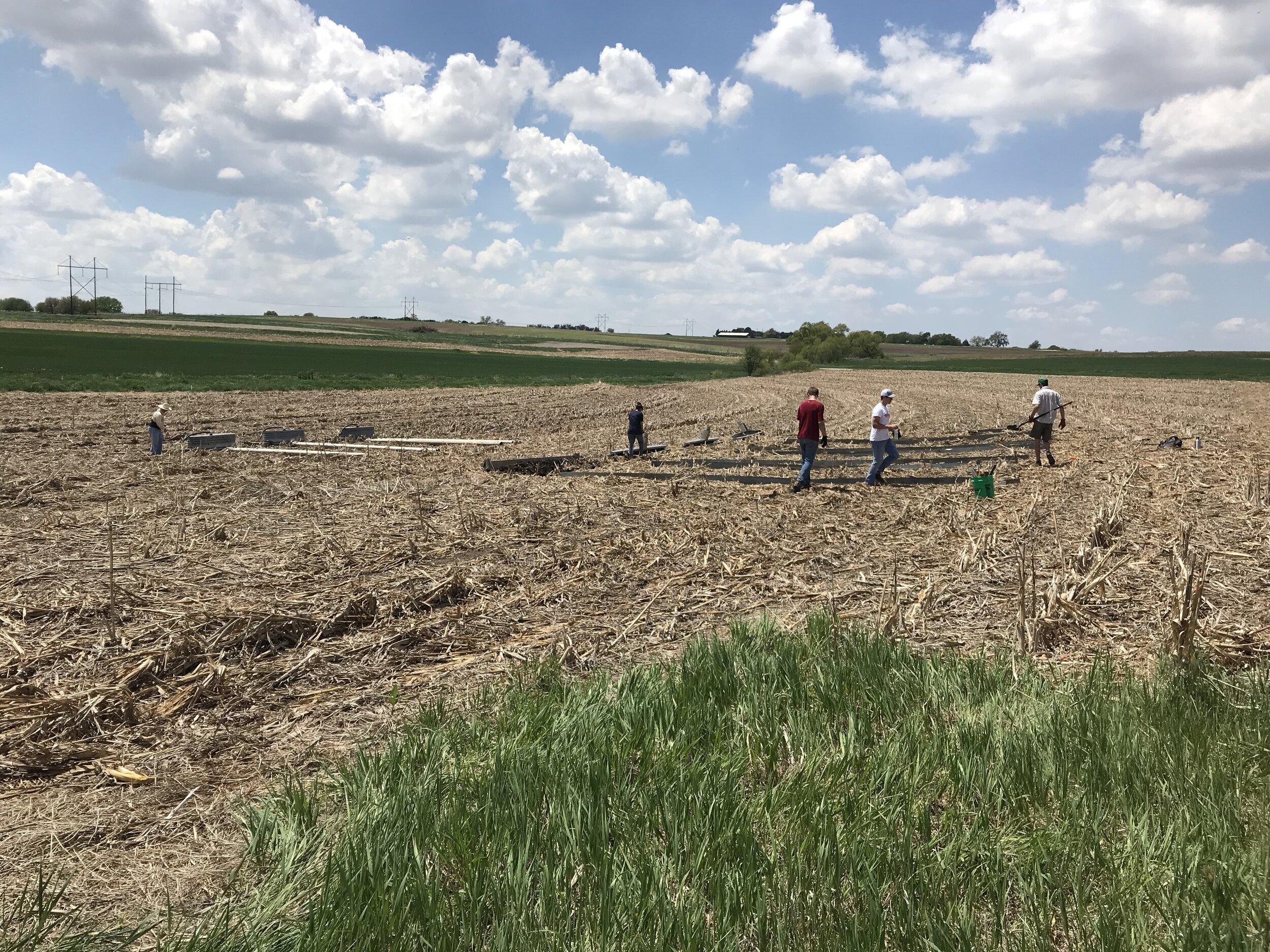
PFAS Fate and Transport Following Biosolids Applications (Completed)
Significance:
Per- and polyfluoroalkyl substances (PFAS) are persistent environmental contaminants that have been recently detected in many environmental compartments including soil and water. Exposure to PFAS has been associated with human health impacts due to their carcinogenic nature. A potential transport route for PFAS to surface water is through land applied biosolids. Although numerous benefits are gained from biosolids applications, contaminants occurring in biosolids, such as PFAS, can be introduced to soil and water adjacent to fields with land-applied biosolids after precipitation events. To date, there is limited information regarding the fate of PFAS in agricultural systems including the factors that influence the transport of PFAS from agricultural fields with biosolids to adjacent surface water or via uptake into plants.
Objective:
1. Assess PFAS fate and transport from WWTPs to surface water and agroecosystems receiving biosolids
2. Quantify PFAS fate in agroecosystem receiving biosolids (i.e., runoff, agricultural crops)
Impact:
1. Improve understanding of the upstream prevalence and downstream contribution of PFAS from WWTPs to surface waters
2. Quantify the contribution of PFAS from biosolids to agricultural fields
3. Identify the fate and transport of PFAS on agricultural fields receiving biosolids
Funded: USGS
Publication:
Caniglia, J., Snow, D.*, Messer, T.L., and Bartelet-Hunt, S. 2022. Extraction, Analysis, and Occurrence of Per- and Polyfluoroalkyl Substances (PFAS) in Wastewater and After Municipal Biosolids Land Application to Determine Agricultural Loading. Frontiers in Environmental Science, 4: doi: 10.3389/frwa.2022.892451.